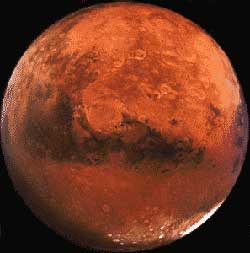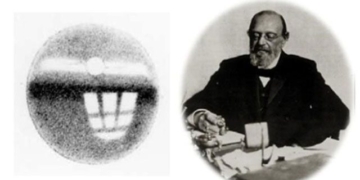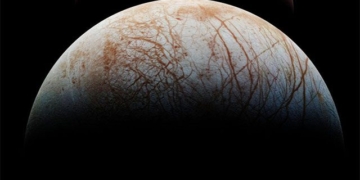 Analysis of data from spacecraft exploring Mars has revealed that the Red Planet is approximately 4.6 billion years old and has undergone three distinct geological periods.
Analysis of data from spacecraft exploring Mars has revealed that the Red Planet is approximately 4.6 billion years old and has undergone three distinct geological periods.
Scientists believe that during its earliest formative period, Mars was a planet abundant in water and possessed a temperate climate. During this geological era, it is highly likely that life existed on the Red Planet.
However, the second geological period of Mars, which began around 4 billion years ago, was marked by volcanic activity that released sulfur gases into the environment, leading to a significant drying of the planet.
The third geological period of Mars occurred between 3.2 and 3.5 billion years ago. During this time, minerals rich in iron oxides prevented or altered the availability of water. The intensely acidic and arid conditions that have persisted to this day render the environment unsuitable for any form of life, including microorganisms.
International astronomers utilizing the 305-meter radio telescope at the Arecibo Observatory in the United States have discovered numerous previously unknown dark galaxies in the universe that were undetectable by earlier optical telescopes.
The Arecibo Galaxy Environment Survey (AGES), which began in the first four months of this year, has identified clouds of neutral hydrogen in a region of space spanning 200,000 light-years. A series of dark galaxies located 153 million light-years from Earth, containing neutral hydrogen but lacking luminous stars, have been discovered.
International astronomers believe that with the discovery of these dark galaxies, they have uncovered the existence of dark matter, which, according to theory, should exist but has somehow gone missing in the universe.




















































